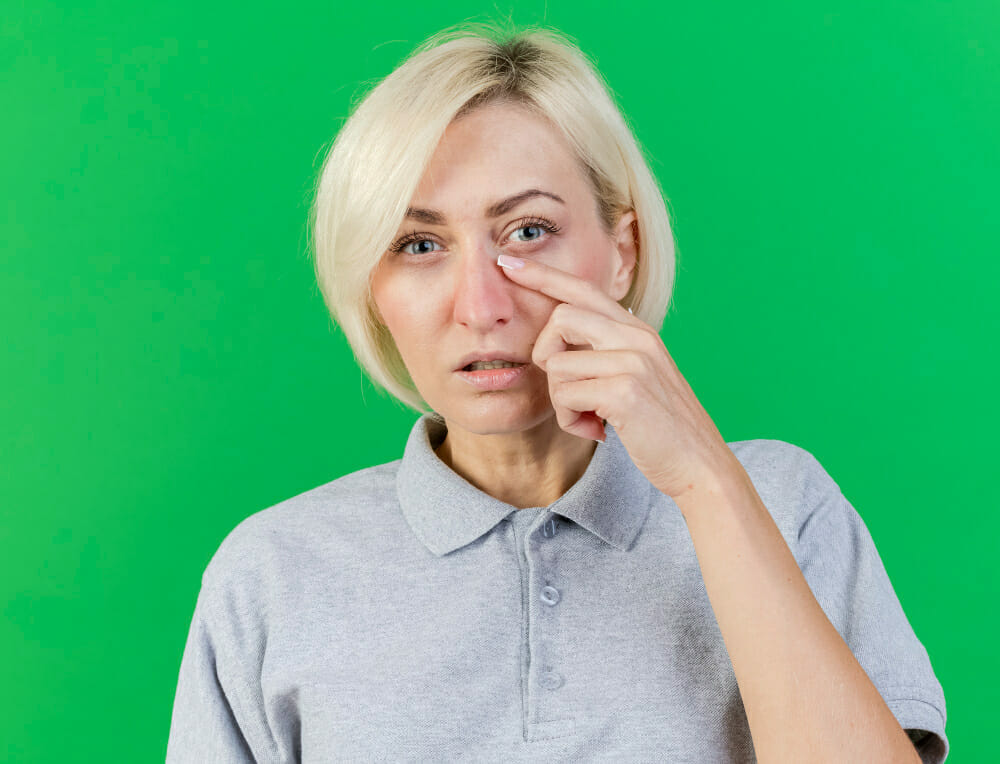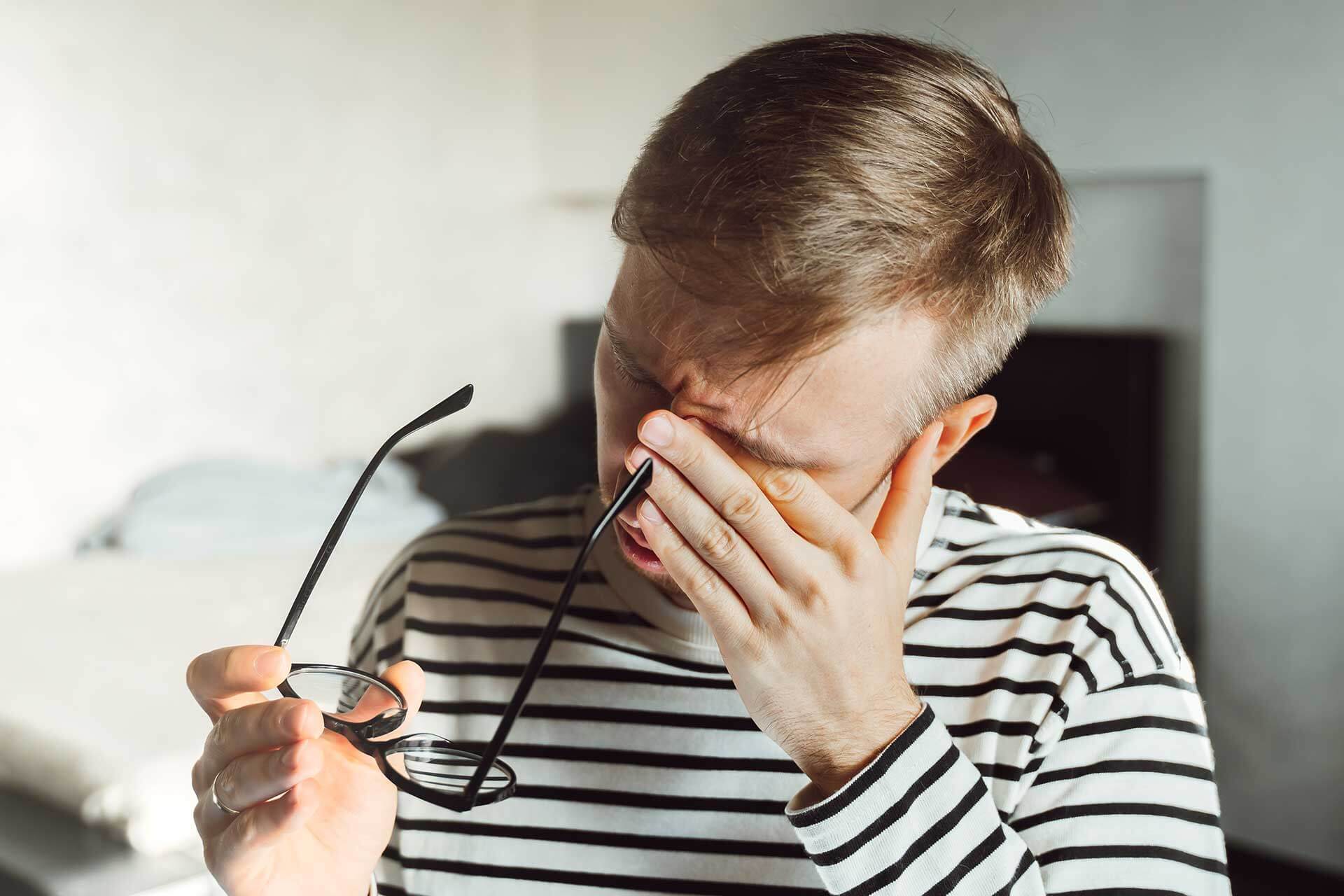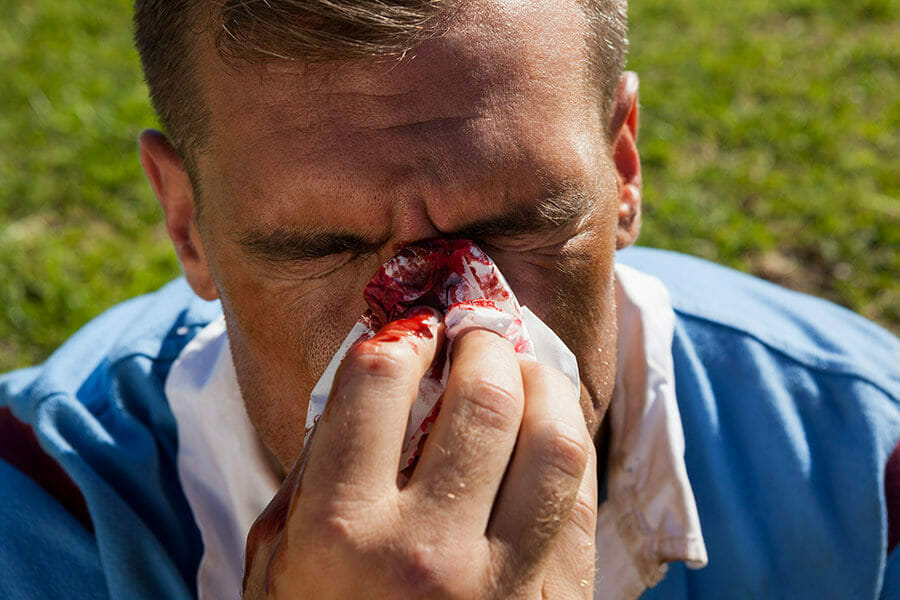Eyelid lacerations, or cuts on the eyelid, can occur due to various incidents, ranging from accidental scratches to more serious traumas. It's essential to understand when these injuries require the attention of an eye care professional. Not all eyelid cuts necessitate a visit to an eye doctor, but certain signs should prompt immediate medical evaluation.
Identifying Serious Eyelid Cuts
A cut on the eyelid, especially if it's deep or near the eye's margin, can potentially harm your vision. Key indicators that you should see an eye doctor include:
- Depth of the Laceration: If the cut appears deep, especially if muscle or fat is visible, it's crucial to seek medical help.
- Bleeding: Persistent or heavy bleeding is a sign that professional care is needed.
- Vision Changes: Any change in vision following an eyelid injury warrants a visit to an eye specialist.
- Pain: Severe or increasing pain is a red flag.
- Foreign Body Sensation: Feeling like something is in the eye may indicate a more serious injury.
In cases of eyelid cuts, visiting an eye doctor is often preferable to a general practitioner, as they specialize in eye-related injuries and conditions. Eye doctors are equipped to assess not only the cut itself but also any potential damage to the eye or vision.
When Immediate Medical Attention Is Necessary
Some situations require urgent medical attention. If you experience any of the following after an eyelid injury, seek immediate care:
- Eye Exposure: If the eyeball itself is exposed due to the cut, it's a medical emergency.
- Foreign Objects: If there's a foreign object embedded in the eyelid, do not attempt to remove it yourself.
- Signs of Infection: Redness, swelling, or discharge from the cut could indicate an infection.
- Inability to Close the Eye: Difficulty in closing the eye can lead to dry eye and other complications.
An eye doctor will assess the cut to determine the best course of action. This might include:
- Cleaning and Sterilizing the Wound: To prevent infection and promote healing.
- Suturing: Some cuts may require stitches to properly heal.
- Assessing for Hidden Damage: Ensuring no underlying damage to the eye or eyelid structure.
Remember, timely medical attention can prevent complications and promote faster healing. For more information on how to handle eye injuries and other eye health-related issues, visit our eye emergencies page.

















